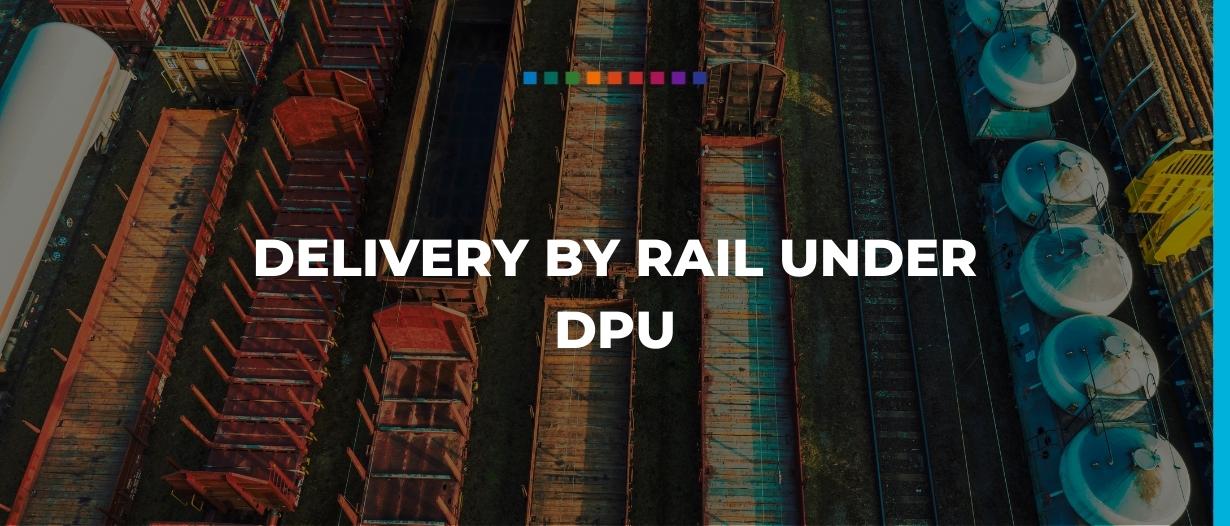
Meet our writer. Written by our resident freight forwarding and shipping expert. Bob Ronai→
Delivery of the goods is unloaded by the seller at the destination place.
With Delivered at Place Unloaded (DPU) Destination Terminal for railfreight the goods are indeed unloaded from the railcar at the terminal as part of the seller’s contract of carriage. As delivery occurs the moment the goods are unloaded from the railcar, the buyer is then liable for any terminal charges and storage.
For delivery at the buyer’s premises the seller not only pays for carriage to the rail terminal, but also unpacking and any other terminal charges plus possibly storage while waiting for the buyer to import clear. Then the seller’s carrier again takes physical possession of the goods from the terminal and brings them to the buyer’s premises where the seller is required to unload the goods from the carrier’s truck. But how does that work? The packages would need to be small enough for the driver to remove from his truck by hand, or he would need his own crane or forklift to remove the goods, maybe on pallets, and put them on the buyer’s receiving dock.
There might well be site induction, site security, insurance, identification of workers, operation of unapproved equipment, workplace health and safety and other problems.
What if the buyer has a delay in import clearance resulting in the seller incurring storage charges at the terminal or the buyer takes longer than the trucker’s free time for accepting the goods into their warehouse? Ideally these possibilities should already be dealt with in the sales contract.
So be careful, DPU to the buyer’s premises can have problems.

Want to find out more about Incoterms® Rules 2020?
We have summarised the 11 Incoterms which have recently been revised by the ICC Incoterms Drafting Committee for 2020.
View our Incoterms® Rules 2020 hub here with free guides, podcasts, videos and content!



























